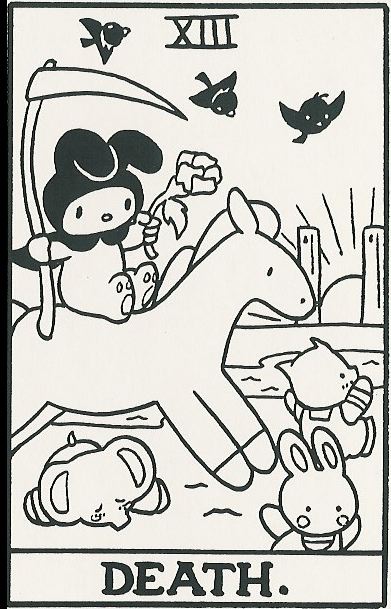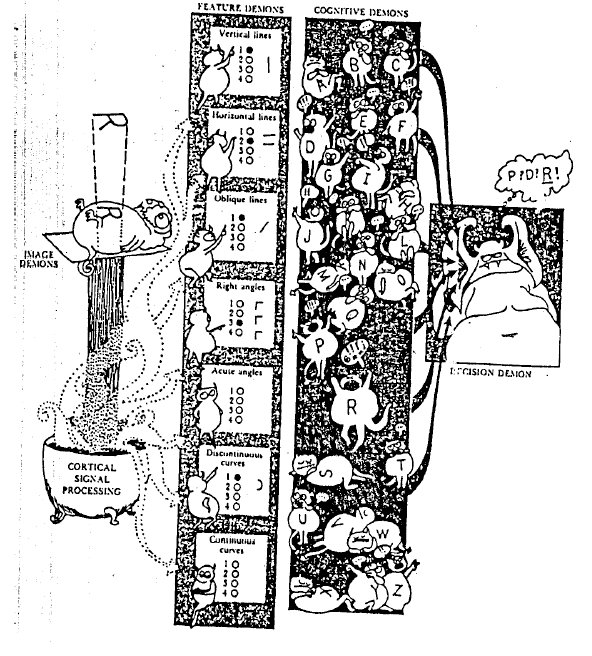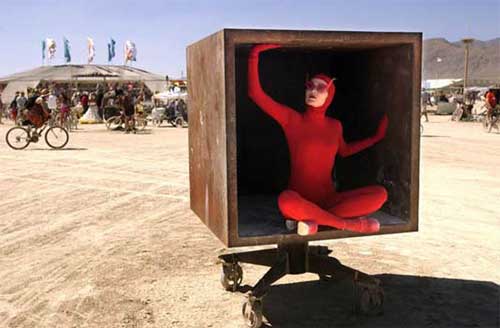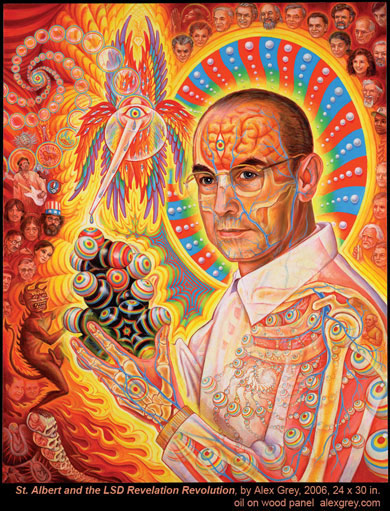Sigmund Freud's theory of the subconscious revolutionized Western thinking in general and psychology (which he did not, as some people are wont to believe, invent all by himself) in particular. Suddenly, man was seen as a being which was only partially conscious and in control of itself. While psychology is still fighting for its academical recognition as a science, it has stamped its mark on therapeutic disciplines - and on magic.
The psychological model of magic does not purport to explain how magic works, its only premise is that the subconscious (or, as Carl Jung later retagged it, the unconscious) will do the job if it is properly addressed and/or conditioned. This again is achieved by magical trance, suggestion and the use of symbols (i.e. selective sensory input) as tools of association and as a means of communication between the magician's conscious will and his subconscious faculty responsible for putting it into effect.
Aleister Crowley dabbled a great deal in the psychological model which comes as no surprise as he not only tried to keep up with all major academic disciplines of his time but thought himself to be the world's greatest psychologist into the bargain. But all considered he remained a traditionalist exponent of the spirit model: after all Aiwass was, in his belief, a preternatural entity. Nevertheless he did have a knack of explaining magic in psychological terms to make it sound sensible to the skeptics of his time.
A more radical approach was taken by Austin Osman Spare whose sigil magic rests on the basic tenets of the psychological model. Spare's brilliant system is in principle an inversion of Freud's theory of complexes: by actively suppressing his will in the form of a graphical sigil and forgetting it, the magician creates an artificial "complex" which then starts to work on similar lines just as suppressed, subconscious traumas will cause neurotic behavior etc.
The psychological magician is a programmer of symbols and different states of consciousness. He is not necessarily in need of a transcendent otherworld or even subtle energies, though in practice he will usually work on the assumption that one or the other (or both) do in fact exist and can be utilized by his subconscious.
Authors such as Israel Regardie, Dion Fortune, William Butler, Francis King, William Gray and to some extent Pete Carroll subscribe to the psychological model which seems to be the primary domain of the English speaking world of magic and which has become the prevailing paradigm ever since the seventies of this century.
notre conscience du monde ne représente qu'une minuscule parcelle de la partie d'univers que nous percevons.
nous obéissons constamment aux automatismes que nous avons acquis au cours de notre existence, au fil de nos expériences.
faire bouger un pendule.
qu'est-ce que la chance ? [backgammon]
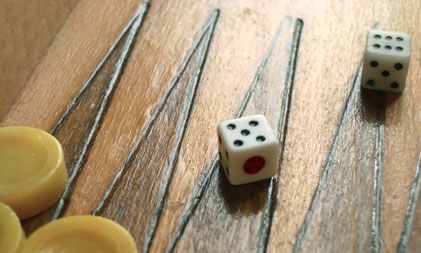
[frontline assembly - psychosomatic]
